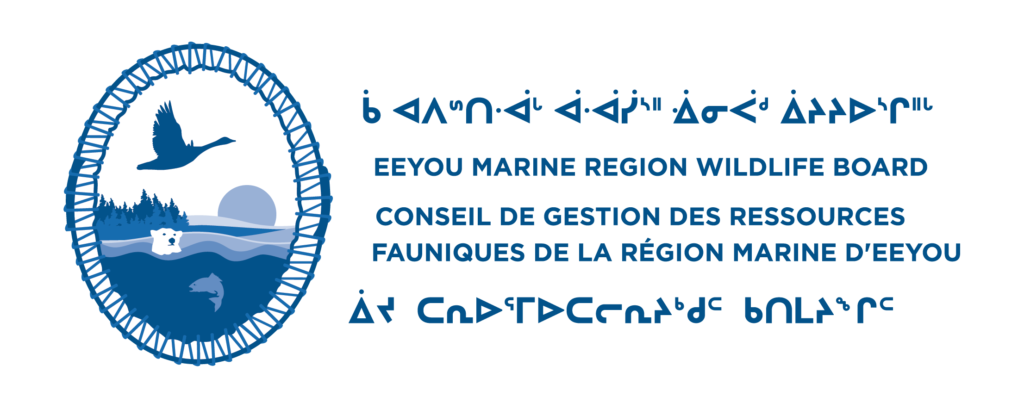Motus Wildlife Tracking System
PROJECT LEADS: Natasha Louttit (Cree Trappers Association-Eeyou Marine Region),
DURATION: 2019-Present
The Motus Wildlife Tracking System is a research network that uses radio telemetry to study the movements of birds. Light-weight transmitters attached to the birds emit a radio signal that can be recorded by the 900 stations distributed in 31 countries across the world.
The objectives of this project are:
(1) To gain more knowledge on migratory birds, such as the Red Knot. By informing us on migration routes, stopovers, timing, etc.
(2) To identify and address wildlife conservation issues related to migratory birds and species at risk in the EMR.
In 2019, five Motus stations were set up in the Eeyou Marine Region at the following locations:
• Waskaganish (Cree Trappers Association office)
• Constellation Point
• Charlton Island
• Boatswain Bay
• Wemindji (in the community)
In 2019, the Motus station in Waskaganish detected 6 Red Knots flying in the area, 3 of which were tagged in Tierra del Fuego, at the Southern tip of South America, just a few weeks earlier. In 2020 and 2021, the tagging of birds did not occur due to COVID-19, but the Motus stations will be activated again in the spring of 2022.
This project is a partnership with Bird Studies Canada, Nature Canada, the Cree Trappers Association (EMR), the Cree Nation Government, and the EMRWB.
RESULTS:
Below, we have provided three images which highlight the type of data the Motus towers can record. In the first figure on on the left, you can see all of the Motus station locations in North America. The second figure map provides an example of a Sanderlings migration route from the USA, through Waskaganish, to Nunavut. The final figure displays the deployment detections from the Waskaganish Motus tower in table format. More information on the activity of the Motus towers can be found here.




